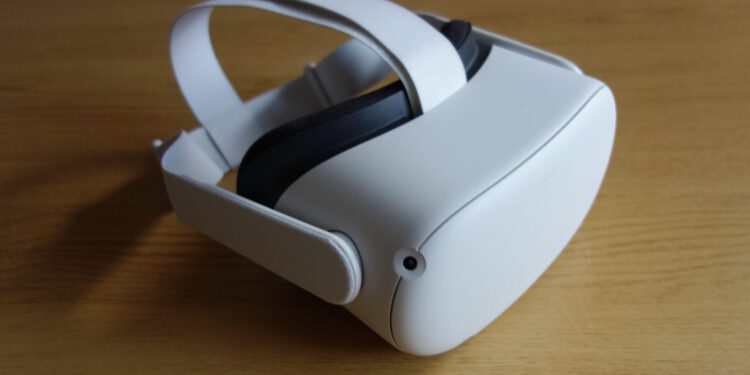Oculus Quest 2 is an almost perfect standalone VR viewer, but for the best experiences you’ll need to connect to a PC. Right now, playing more demanding titles like Asgard’s Wrath, Lone Echo and Stormland requires Quest 2’s Oculus Link USB-C cable connection to a gaming PC.
However, that is about to change with the new Air Link software that will soon be available via v28 software for Quest 2 and PC. In a blog post, Oculus says the update will free Quest 2 owners from a revolutionary connection to the PC.
“We know that players want to use Wireless Link to enjoy the complete freedom of movement that Quest 2 offers while playing high-end titles that can only run on a gaming PC,” the company writes. “That’s why we’ve been working on a new streaming technology called Oculus Air Link, a fully wireless way to play virtual reality content for PC in Quest 2 using WiFi, based on the Oculus Link streaming pipeline.
Oculus says it will initially be available in experimental mode and will work best when there is a strong Wi-Fi connection. However, the wired connection will still be provided by the USB-C cable, which will also allow you to charge the headphones.
It’s not the only thing that comes through with the v28 software update. The company is unlocking 120 Hz refresh rates for Oculus Quest 2, an update to the current maximum frequency of 90 Hz. The update will bring more fluid gameplay. At the moment, there are no apps that offer 120Hz support, but Oculus expects developers to be eager to improve their apps.
The blog adds: “Our goal is to continue unlocking new capabilities in Quest 2 hardware. We anticipate that 120Hz and 90Hz support will provide the most benefits for games that rely on speed, while for many other applications, 72Hz mode will remain a great choice for a smooth and comfortable experience. ”
Finally, the v28 will offer enhancements to Infinite Office, which was announced during Facebook Connect, which brings physical keyboard pairing, including the ability to view it in virtual reality, as well as the ability to place a virtual desktop on real-world furniture. .
The company added,”In addition to integrating into your real-world environment, your virtual office boundaries are automatically saved and detected, allowing you to pick up where you left off.”









